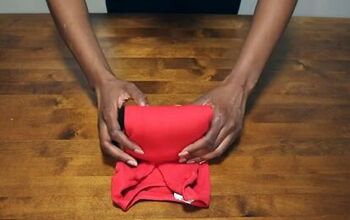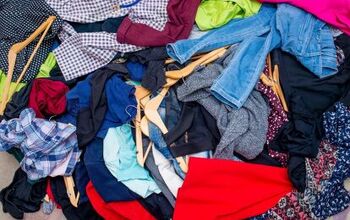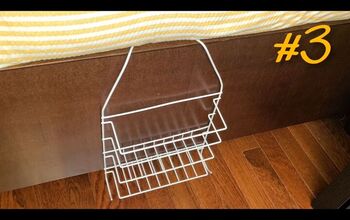Steam Iron Vs. Dry Iron: Which Delivers Better Results?
Ironing is a household chore that can either be a breeze or a struggle, depending on the tools you have at your disposal. The debate between using a steam iron and a dry iron has persisted for years, with each having its own set of advantages.
But when it comes to delivering the best results, which one truly stands out?
In this article, we'll break down the differences between steam and dry irons, highlight their strengths and weaknesses, and recommend some top products to consider.
The power of steam: why steam irons shine
Steam irons are a popular choice for many, and it’s easy to see why. The built-in steam function allows you to tackle wrinkles with ease, especially on fabrics that are notoriously difficult to smooth out, like cotton and linen.
The steam penetrates the fabric, relaxing the fibers and making it easier to achieve a crisp, wrinkle-free finish. This is particularly useful for larger items like curtains, tablecloths, and bed linens.
Steam irons also offer versatility with features like adjustable steam settings, vertical steaming for hanging garments, and even self-cleaning functions. However, steam irons can be heavier due to their built-in water tanks, and if not used properly, they can sometimes leave water spots on delicate fabrics.
The Rowenta Pro Master Steam Iron is a top-tier option, offering powerful steam output, a precision tip for hard-to-reach areas, and a large water tank for extended ironing sessions. It's ideal for anyone looking to achieve professional-level results at home.
Rowenta Pro Master Steam Iron
Dry iron: The classic choice for precision
Dry irons, on the other hand, are the traditional choice and are still favored by many for their simplicity and precision. A dry iron doesn’t have a steam function, which makes it lighter and easier to handle.
This can be a significant advantage when you need to iron delicate fabrics like silk or satin, where water spots or steam might cause damage.
Dry irons provide consistent heat across the soleplate, which is great for pressing seams or giving a crisp finish to dress shirts, slacks, and other garments that require precise, detailed ironing. They also tend to be more durable over time, as they don’t have water tanks or steam mechanisms that can wear out or get clogged.
However, without steam, a dry iron may struggle with deep wrinkles or thick fabrics. In these cases, users often resort to using a spray bottle to lightly dampen clothes before ironing, mimicking the effect of a steam iron.
The Panasonic Automatic Dry Iron is a solid choice for those who prefer the traditional approach. This high-quality dry iron designed for precision and durability and boasts a sleek, black design and automatic temperature control.
Panasonic Automatic Dry Iron
Head-to-head: steam iron vs. dry iron performance comparison
When comparing steam irons to dry irons, the best choice often depends on your specific needs:
- Wrinkle removal: Steam irons generally have the upper hand in tackling tough wrinkles, particularly on thicker fabrics.
- Fabric care: Dry irons are better suited for delicate fabrics that could be damaged by steam or water.
- Ease of use: Steam irons are heavier but more versatile, while dry irons are lighter and simpler to use.
- Durability: Dry irons typically have fewer components that can fail, making them more durable over time.
If you’re looking for a versatile iron that offers both steam and dry options, the Sunbeam SteamMaster is a great pick. It features a powerful steam burst, an anti-drip system, and a stainless steel soleplate, making it a reliable tool for various ironing needs.
Sunbeam SteamMaster Iron
Steam iron vs dry iron: Which iron should you choose?
Ultimately, the decision between a steam iron and a dry iron comes down to your specific ironing habits and fabric types.
If you frequently iron thick or heavily wrinkled fabrics, a steam iron will likely provide the best results.
However, if you often work with delicate materials or prefer a lightweight, easy-to-use tool, a dry iron may be the better choice.
Regardless of your preference, investing in a high-quality iron will make your ironing tasks easier and more efficient, helping you maintain crisp, well-pressed clothes with minimal effort.
Which type of iron works best for you? Comment your thoughts down below.
Next, check out this comparison article: Electric Vs. Stovetop Kettle: Which Boils Down to the Best Choice?
























Comments
Join the conversation